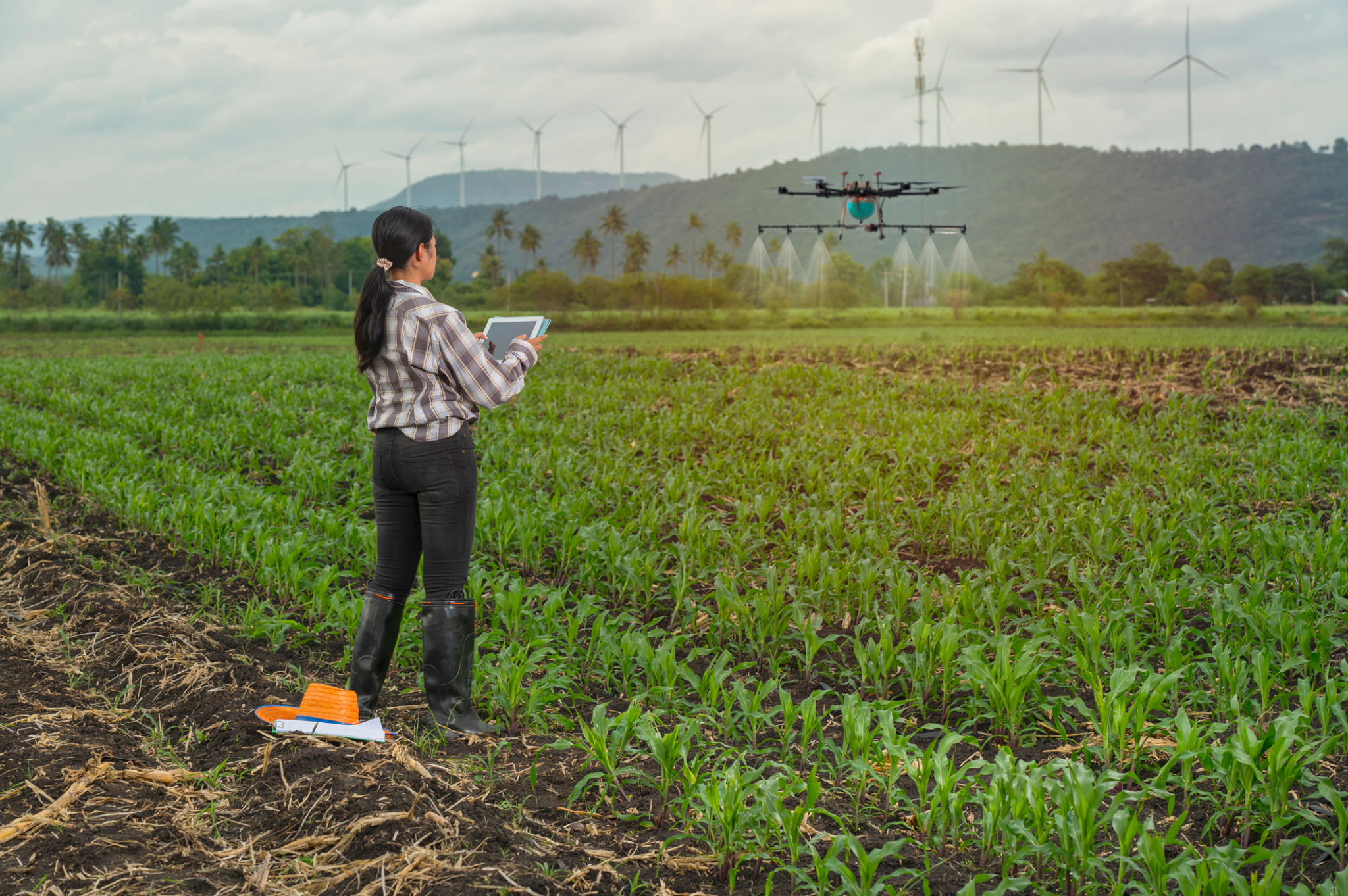Expert Insights: The Impact of Agricultural Robotics on Crop Yield
Revolutionizing Agriculture with Robotics
In recent years, the agricultural sector has witnessed a significant transformation with the integration of robotics. These technological advancements are not just about automating tasks; they are fundamentally reshaping how we approach crop cultivation and yield optimization. As the global population continues to rise, the demand for more efficient and sustainable farming practices is more pressing than ever.
Agricultural robotics is at the forefront of this revolution, offering solutions that are not only efficient but also environmentally friendly. From planting and harvesting to monitoring crop health, robots are increasingly taking on roles traditionally performed by human labor. This shift is driving a new era of productivity and sustainability in farming.

Enhancing Precision and Efficiency
One of the most significant impacts of agricultural robotics is the enhancement of precision farming. Precision farming involves using technology to measure and analyze data at a micro level, allowing farmers to make informed decisions about crop management. With robots equipped with advanced sensors and GPS technology, farmers can achieve unprecedented levels of accuracy in planting, watering, and fertilizing crops.
These robots can detect variations in soil conditions, monitor crop health, and even predict pest infestations. By analyzing this data, farmers can apply resources more efficiently, reducing waste and improving crop yield. This precision not only boosts productivity but also minimizes the environmental impact of farming practices.

Labor Efficiency and Cost Reduction
Agricultural robotics also significantly impacts labor efficiency. Traditionally, farming is a labor-intensive industry, often reliant on seasonal workers. Robots can perform repetitive tasks such as planting, weeding, and harvesting faster and more consistently than human workers. This shift reduces the reliance on manual labor, lowering labor costs and addressing labor shortages, especially in regions where agricultural work is less appealing.
Moreover, robots can work around the clock without fatigue, increasing the operational hours of farms. This continuous operation maximizes the use of available resources and can lead to higher crop yields. As the cost of robotic technology continues to decrease, more farmers are likely to invest in these systems, further driving down overall production costs.

Challenges and Future Prospects
Despite the promising advantages, the adoption of agricultural robotics is not without challenges. High initial costs of robotic systems and the need for technical expertise can be barriers for small-scale farmers. Additionally, the integration of these technologies requires a shift in traditional farming practices, which may be met with resistance.
However, as technology continues to evolve, solutions are emerging to make robotics more accessible and user-friendly. Innovations such as machine learning and artificial intelligence are being integrated into robotic systems, enabling them to learn and adapt to different farming environments. This adaptability will likely increase the adoption rate of robotics in agriculture.
In conclusion, the impact of agricultural robotics on crop yield is profound and multifaceted. By enhancing precision, reducing labor costs, and addressing environmental concerns, robotics is set to play a crucial role in the future of farming. As the technology becomes more advanced and affordable, its benefits will be realized on farms of all sizes, contributing to global food security and sustainability.